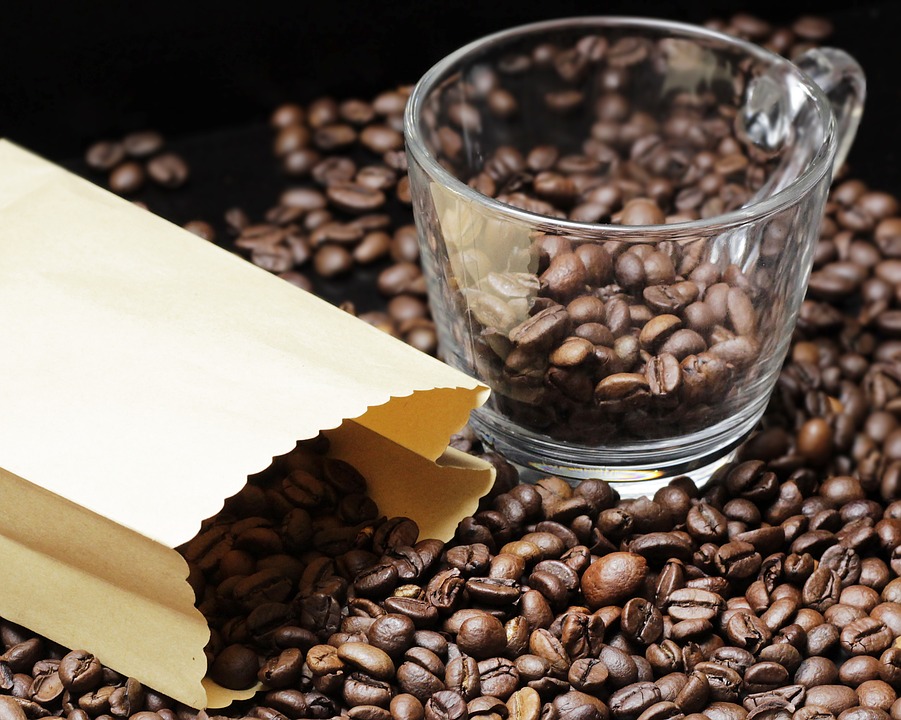The team from the University of Indonesia in Depok have found a way to process coffee grounds into graphite, a form of carbon, which can be added into the anode active material within electric vehicle (EV) batteries, amid the country’s ambition to become a key player in the EV industry.
They have also found a way to transform coconut shell waste into activated carbon, which can be added to the anode active material as well.
Anode active material in lithium batteries enables electric current to flow through the external circuit, while allowing the absorption of lithium ions released from the cathode.
Their research was announced by the university earlier this month.
Head of the research team Professor Anne Zulfia Syahrial told CNA that their lithium-ion battery is made out of lithium titanate oxide (LTO), which produces a more stable electric current compared to graphite lithium batteries used in most EVs.
LTO is not prone to short circuits during the charging process, she said. However, the capacity of LTO is 175 mAh/g, less than that of graphite at 372 mAh/g.
“And this is why we tried to mix tin or silicon and activated carbon from coconut shell waste into a composite. We also process coffee grounds and even plastic waste into graphene to be mixed with LTO,” said Prof Syahrial.
Her colleague Bambang Priyono said this results in lighter battery weight and faster charging time as compared to a graphite lithium battery.
The LTO’s weight could be 200kg lighter than batteries that are typically used in EVs these days. The latter weighs around 500kg.
When the battery is lighter, the car’s mileage can be enhanced.
“We found that in coffee grounds waste, the particles can produce nanoparticles with good surface area conditions.
“The better the condition of the surface area, the more ions exist which can produce better energy,” Mr Priyono explained.
The team’s battery needs about 30 minutes to be fully charged. Most EV batteries need up to two hours to be fully charged.
The researchers are now trying to reduce the charging time to a mere 15 minutes.
HOW THE IDEA CAME ABOUT
The team, which comprises Prof Syahrial, Mr Priyono and several students, took three years to develop the LTO battery. They had to juggle their various responsibilities, while navigating the challenges brought by COVID-19 which limited their movements.
The idea to use coffee grounds occurred because they noticed that Indonesia has a lot of unused coffee grounds as it is a major coffee producer, said Mr Priyono.
It is also one of the world’s biggest plastic ocean polluters and the researchers wanted to tackle both problems at the same time.
They started out by taking coffee grounds from the university’s cafeteria for their research.
“It turns out that coffee grounds can be processed into graphene to increase LTO conductivity in lithium-ion batteries,” said Mr Priyono. He added that the team may look into different types of coffee in the future to determine what kind of grounds works best as graphite.
“This lithium battery can be used for a lot of things, not just electric vehicles,” Mr Priyono stated.
“But electric vehicles would have the biggest outreach and the impact can be felt by many. Especially for Indonesia so it does not need to import oil and gas, and now that Indonesia aims to be a big player in the EV industry.”
Processing the coffee grounds is fairly easy, he said, as it just takes a few hours.
The team also said that the LTO battery they invented could be used to store energy in solar panels if the authorities are committed to moving away from fossil fuels and turning to renewables.
Prof Syahrial also said that any type of plastic can be converted into graphene layers.
“We will still need to examine which has the best characteristics between coffee grounds, plastic waste or coconut shell waste. All three of them are good but we need to find out which has the best characteristics and then we will use that moving forward,” she said.
There have been queries on how many batteries the team can produce. However, as university researchers, they cannot produce the product in high volume without the help of major manufacturers.
“Our team consists of students, they have different tasks each semester. We are not like industries which can work on something immediately,” said Mr Priyono.
“As long as the manufacturing industry is willing to produce it, we are ready to help.”
According to channelnewsasia.com









![[TOP – BEST PRODUCTS 2023] TOP 100 outstanding OCOP- certified products in Vietnam (P.02) Antesco Henicorhynchus poached with sugarcane (An Giang Province)](https://aseanrecords.world/wp-content/uploads/2023/05/Ca-Linh-kho-mia-218x150.jpg)




